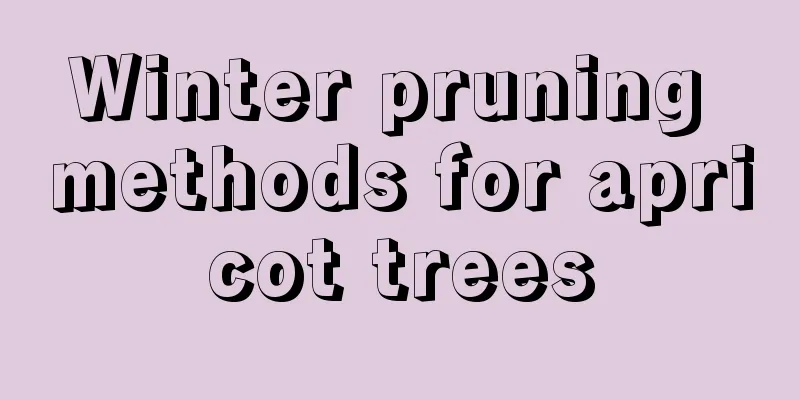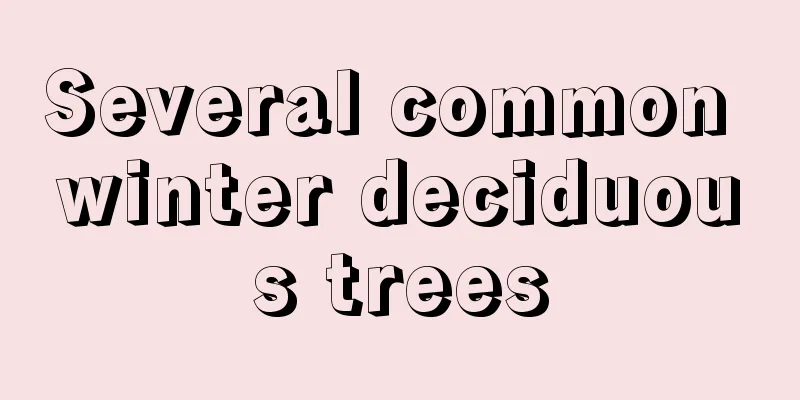Winter pruning methods for apricot trees

ShortShortening is the process of cutting back part of an annual branch. The degree of pruning should be determined based on factors such as the actual thickness, length, variety, and tree vigor of the branches. Pruning young apricot trees can promote bud germination and grow 2-3 long branches, which can quickly expand the tree crown and increase the amount of branches and leaves as well as the fruiting area; it can also promote the growth of some short fruit branches on the retained middle and lower branches, which can be used for fruiting in the second year; pruning trees in the peak fruit-bearing period can maintain strong tree vigor and stabilize the fruiting area, which is conducive to maintaining a stable yield; pruning aging trees can promote their renewal and restore growth. RetractionPruning is the process of shortening the perennial branches of apricot trees to the base of perennial branches or annual branches. The main purpose of pinching back is to weaken and control the growth of mother branches in inappropriate positions, which is beneficial to the later growth of apricot tree branches. At the same time, it can also change the extension direction and angle of the extension branches. ThinningThinning is to cut off the branches of the apricot tree from the base. The main targets of thinning are competing branches on the back, overcrowded branches in the middle and upper parts of the crown, crossed branches, whorled branches near the cut, and adjacent branches. At the same time, it can also suppress the front and promote the back, thereby improving ventilation and light conditions within the crown. EaseTo ease off is to not cut. Slow release is mostly used for young apricot trees and vigorously growing branches, which has the effect of slowing down the vegetative growth potential of these branches, so that more short fruit branches can be formed in the middle and upper parts of the branches, increasing the fruiting area and thus increasing the yield. |
<<: How to propagate shrimp flower
>>: Summer pruning methods for apricot trees
Recommend
Why is Fire Festival not popular?
Why not popular The Fire Festival is mostly red-g...
When is the best time to harvest snow mulberry? When is the best time to harvest and pickle snow mulberry?
Snowberry is best planted in spring from February...
Soybean planting technology and management methods
As an important oil crop in China, soybean is fam...
How to maintain Dieffenbachia in four seasons
1. Spring maintenance After the temperature stabi...
What is the best match for Hibiscus tea? Hibiscus tea pictures
1. Scented Tea Pairing 1. Chrysanthemum: When soa...
What to do if there is a problem with the leaves of crystal palm
Crystal palm leaves are dull in color Crystal pal...
What soil is suitable for growing hydrangeas?
Hydrangea soil Hydrangea likes acidic soil. If it...
The difference between the red powder stage and the blue powder stage
color Under sufficient light, the leaves of the R...
What to do if the leaves of Chlorophytum turn yellow
1. Scientific fertilization: Reason: Too much or ...
The meaning and meaning of roses, and who should I give them to?
1. The Flower Language of Rose The flower languag...
What is the flower language and legend of lilac?
Flower language: purity, first love, glory Lilac ...
How to grow eggplants big and healthy (the best way to grow and manage eggplants for high yields)
How to make eggplant grow big and good Many peopl...
Common diseases and pests of Bougainvillea and their control methods
Bougainvillea leaf spot symptom The spots are ini...
List of Metasequoia propagation methods
Seed propagation of Metasequoia When the fruits o...
How to grow Clivia more vigorously?
Clivia is a plant that has both foliage and flowe...









